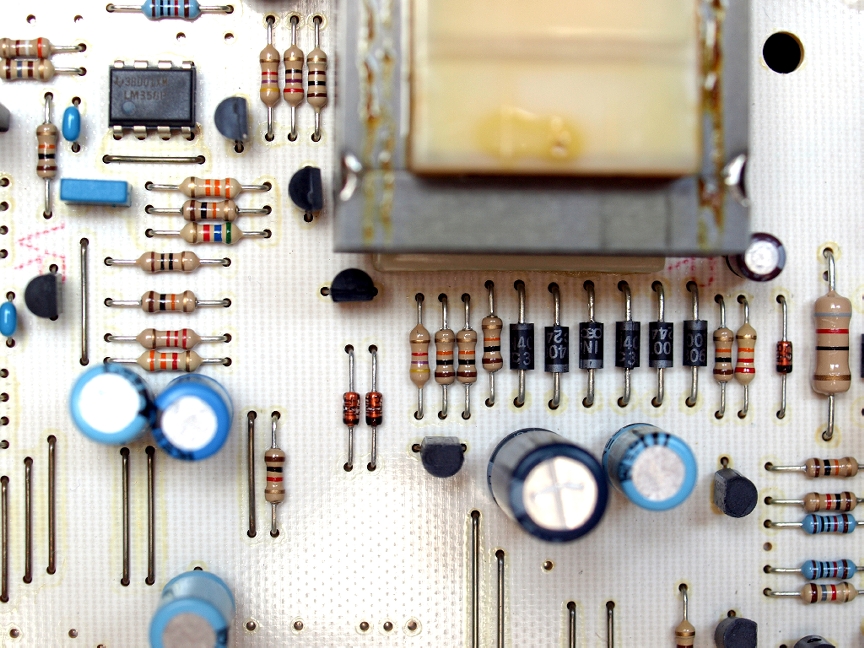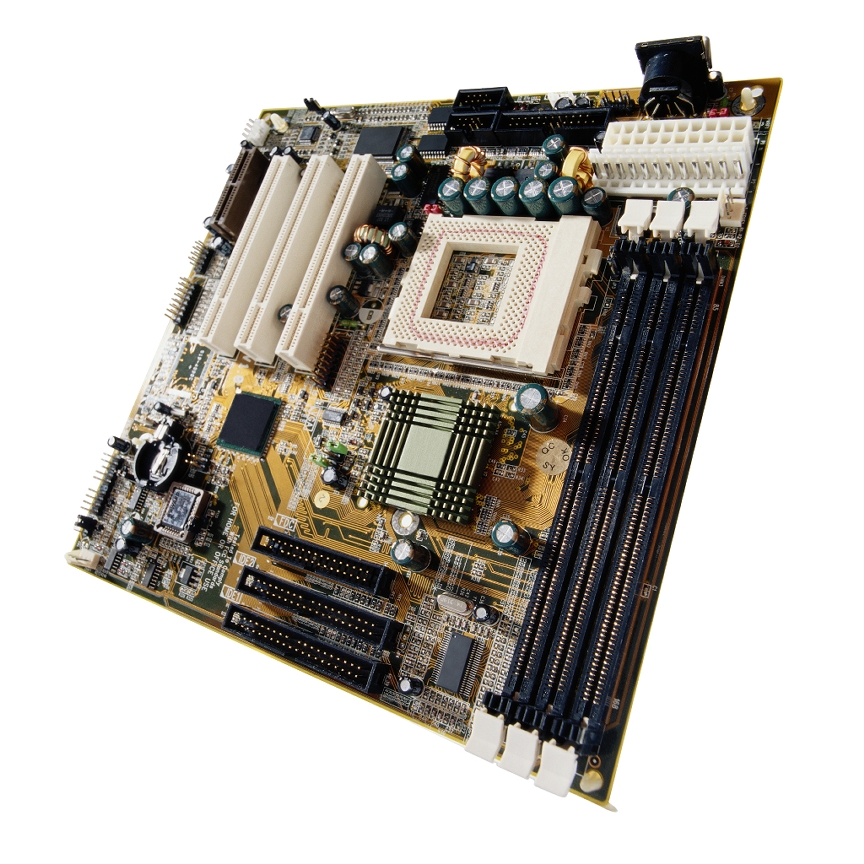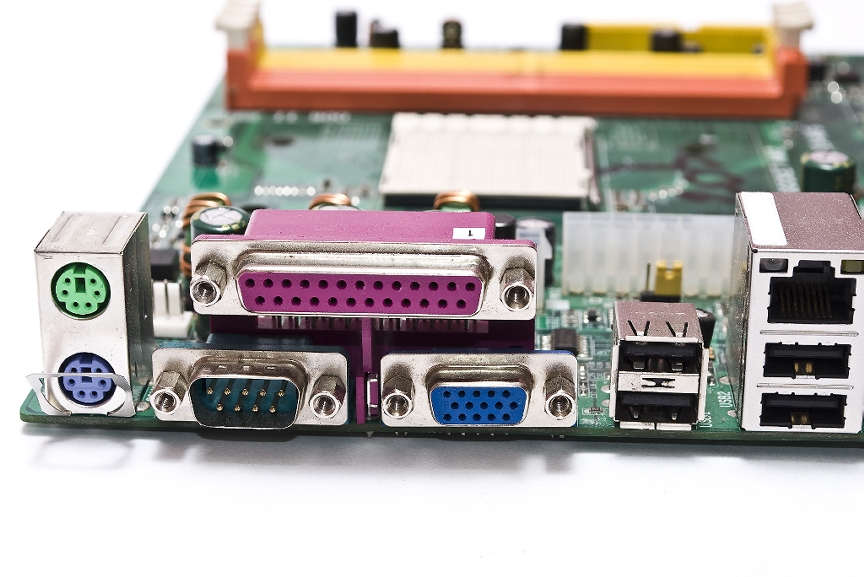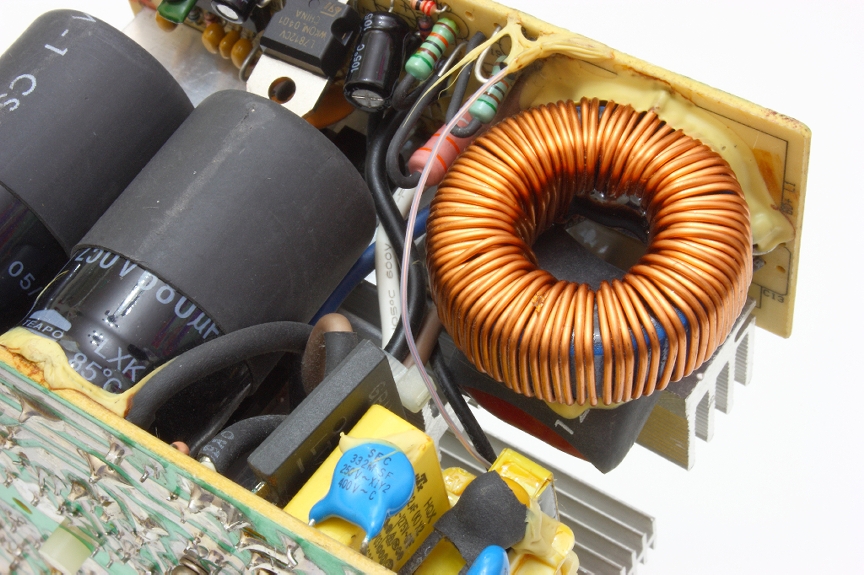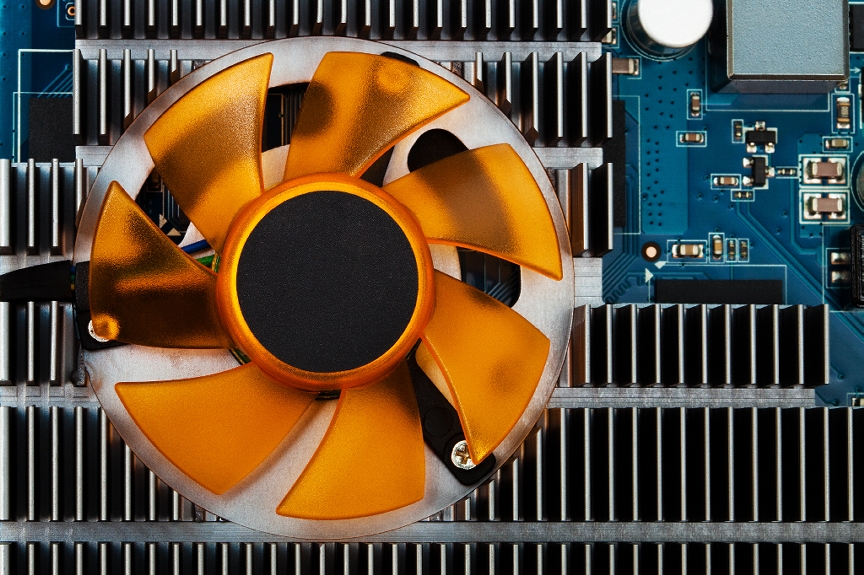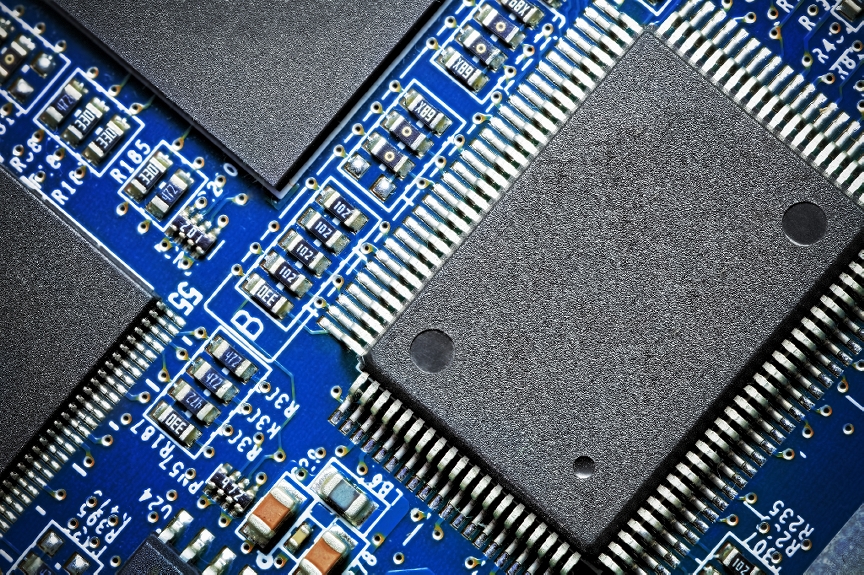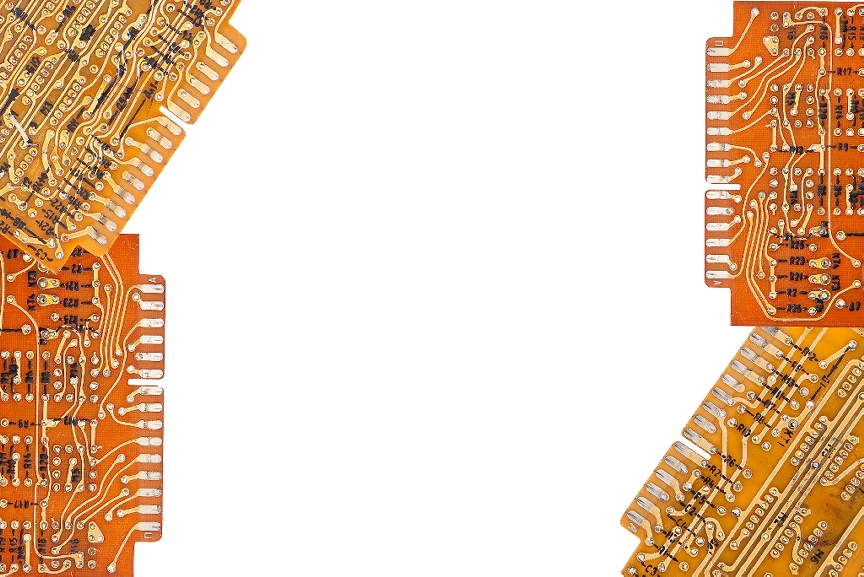The evolution of our world's technology is truly astounding. In the past decades, we've made great leaps and bounds in terms of what our electronic devices are capable of accomplishing, and things are only getting better. Technological engineers and electronics designers are continuously dreaming up new ways to improve existing products, as well as completely original ideas for simplifying every day life and tasks. But how does this process occur, exactly?
Every bit of technology - from the smallest, consumer electronic gadget to complex healthcare and aerospace units - begins with an idea. From here, plans can be made to develop a working prototype in order to test the capabilities of the device and to determine whether the idea is worth investing in, or how it can be further expounded upon in order to make it more operable, functional, and efficient. Every step in designing and assembling the prototype is essential to enabling the simple dream to become a reality. To give you a better idea of the process, this post will walk you through the life cycle of a prototype.


